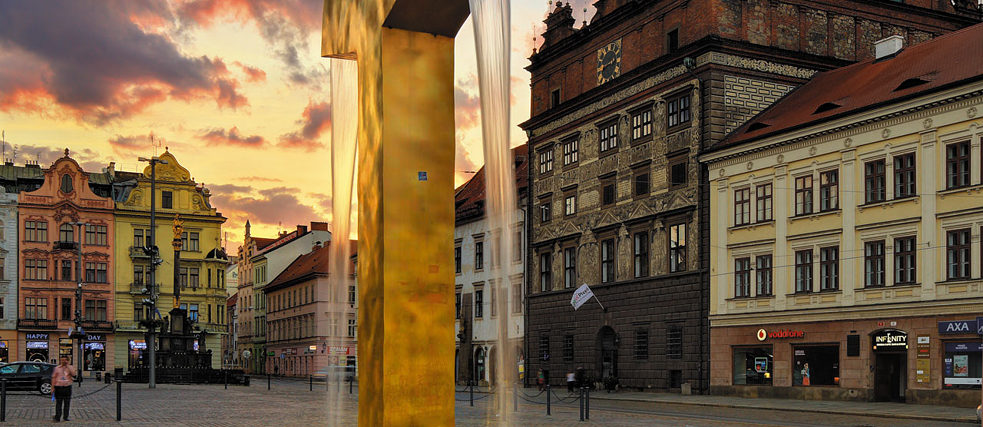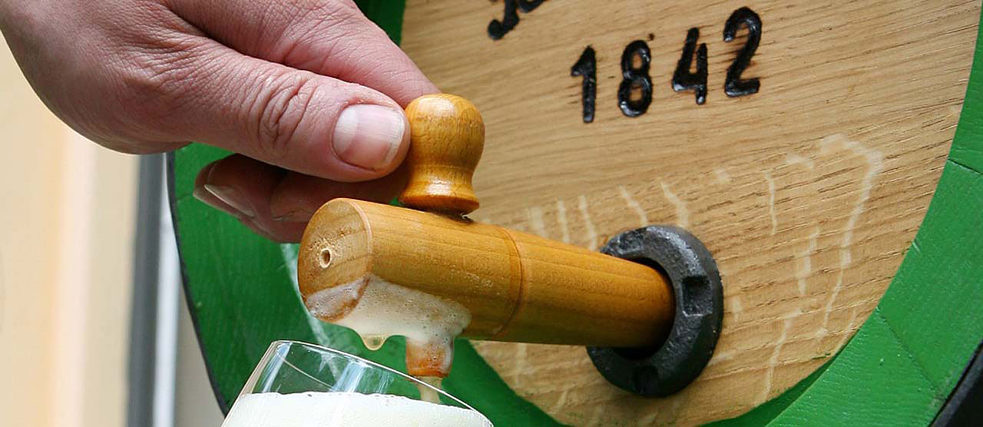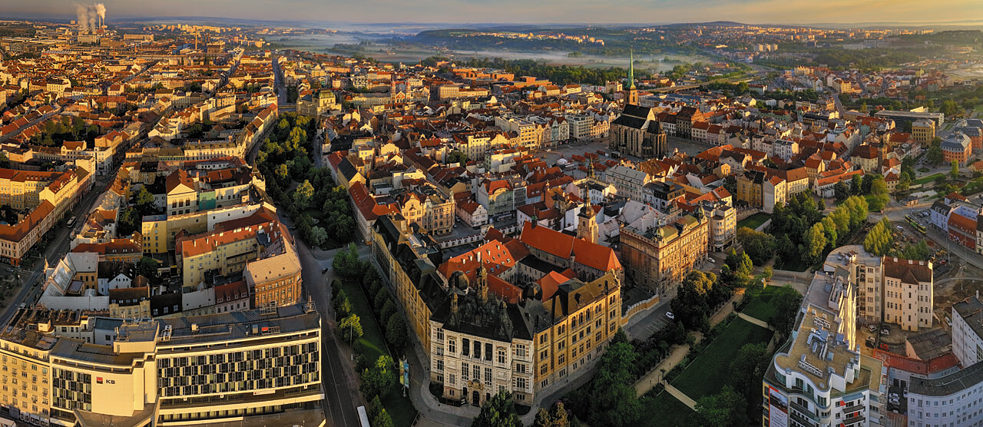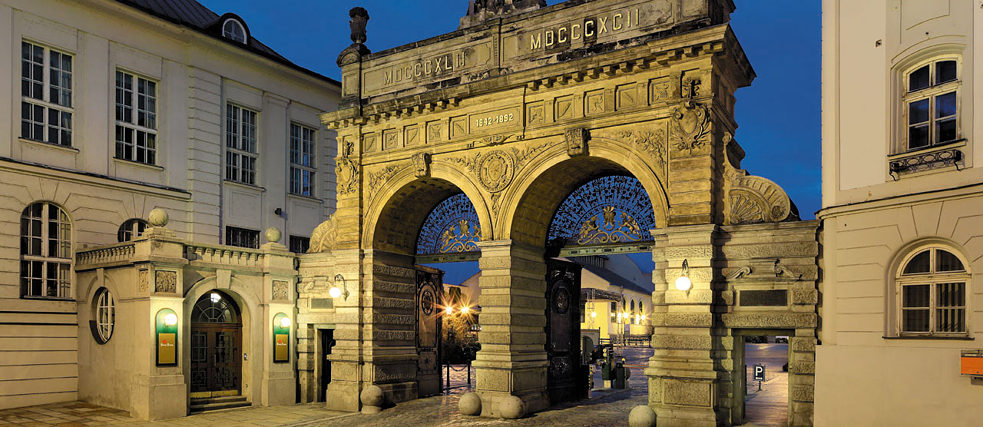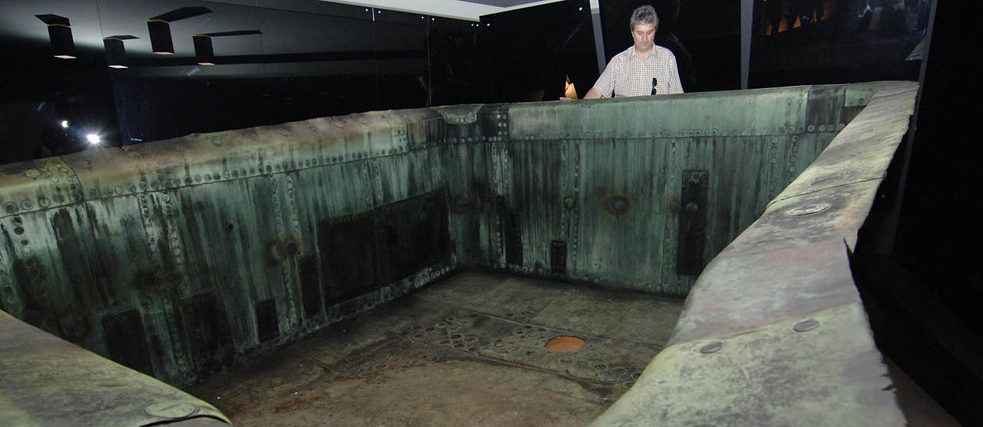Pilsner beer
No risk, no gain
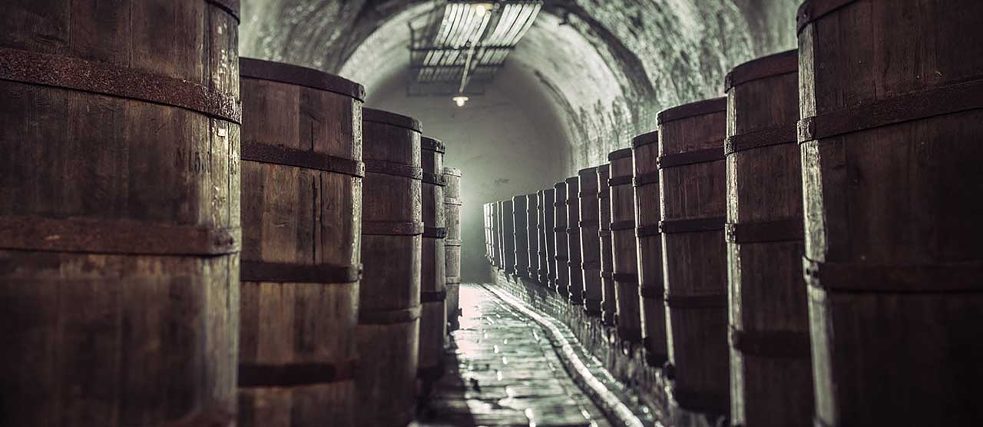
Pilsner beer comes, of course, from the Czech Republic. Yet it’s not so matter-of-course as that. The citizens of the city of Pilsen were once so dissatisfied with their beer that they even spilled it out in protest in front of the town hall. Then they had a brilliant idea.
By Zuzana Lízcová
Ask a foreigner what occurs to him when he hears “Czech Republic”. Yes, he might answer with Škoda, Havel or Prague. But what do you hear just as often? Beer. Like it or not, that’s the way it is. The mild-bitter yeast brew of water, malt and hops belongs to Bohemia as much as does Švejk or the Říp. What is less well known is that this is not so self-evident as it seems to us today.
Certainly, beer had already made a name for itself in Europe of the Middle Ages. Brewing rights used to be one of the greatest privileges a city could wish for. If you were allowed to brew, you brewed. The water from the wells was far from clean, so that drinking beer was considered safer. Or rather, what was called beer back then. It was to be a long way till the turbid, top-fermented concoction was to resemble today’s draught beers and Vollbiers. There were quite a few variants – the weaker beers were drunk for breakfast, the stronger ones for lunch or in the evening. In the sixteenth century, every citizen drank an average of three quarters of a litre of beer a day. The beverage was popular, reasonably priced and easily available. But was it also good? That depended. The streets and squares teemed with pubs and every publican brewed his own. As well as he could, that is.
From swill to marvel
The West Bohemian city of Pilsen was no exception. Since the founding of the city in 1295, beer brewing had been developing there. The locals experimented gladly and happily in 260 beer gardens. The inventive tried mixing in various secret ingredients such as the crushed bones of dead people, pieces of gallows strands or even dog droppings. No wonder that at the time of Georg von Podiebrad a beer drinker moaned that local beer was “a poisonous, terribly bitter concoction which makes gallstones grow and pinches off the kidneys”.And it didn’t get better, rather worse. If you wanted a more palatable beer, you fetched it from Saxony or Bavaria. Finally, the Pilsner aldermen lost patience with the local brewers. In a square in 1838, they spilled out 36 barrels of the disgusting swill, warning that things could not go on like this. Then in January of the following year a simply ingenious plan was hatched at a town hall meeting: the citizens decided to found jointly a large, modern brewery. Construction was commenced at once, and just three years later it opened its doors under the name of the Pilsen Municipal Brewery (Czech: Měšťanský pivovar Plzeň).
The founders had no great ambitions. The locals wanted only to brew a solid, high quality beer of the Bavarian type. They therefore called in the master brewer Josef Groll from Vilshofen near Passau. His first brew, which was served in November 1842, proved to be different from what was expected. It was better. Thanks to the combination of Saaz hops, the soft Pilsner water and the lighter malt, this was no mere Bavarian beer, but a golden-yellow, bottom-fermented Pilsner lager. At the first tasting, it was said to have a “strong, excellent taste, previously unknown in beer”. No wonder it spread quickly throughout the Pilsen pubs and, within a short time, the Prague and Viennese ones as well. Groll thus confirmed a well-known principle: no risks, no gain. Thanks to new ingredients, he created a completely new beer of the Pilsner variety – called pils or pilsner to this day. Today it is the best selling beer in the world.
Once the largest brewery in Europe
In Prague, the tailor Jakub Pinkas was the first enthusiast of Groll’s pilsner. Without hesitation, already in the spring of 1843, he put down his needle and thread and opened a tavern. It soon met with great success. At Pinkas’s, just around the corner from Wenceslas Square, the great and the good of those days were soon coming and going: the historian František Palacký, the philologist Josef Jungmann and the politician František Ladislav Rieger. Later the professor and future Czechoslovak president Tomáš Garrigue Masaryk also liked to drop by there. And guess what has been drawn from the tap to this day …In the second half of the nineteenth century the fame of the beer, which over time became the protected trademark Plzeňský Prazdroj (Pilsner Urquell), began to spread like an avalanche. Twenty years after Groll sent his first brew out into the world, pilsner was being enjoyed in Paris, and shortly thereafter also in America. It was not long before Pilsner Urquell penetrated as far as Latin America, Africa and the Middle East. Before the First World War, the Pilsen Municipal Brewery was already the largest in Europe. During the Nazi occupation, it fell on hard times when the United States boycotted Pilsner Urquell as a German product and exports were permitted only to the German Reich. On 17 April 1945, an Allied bombardment hit the fermenting cellars, kitchens and bottling plant. Immediately after the war, the brewery was nationalized; half a century later, after the Velvet Revolution, it was again privatized.
This is only one more reason for Pilsner beer to present itself rightly as an integral part of the Czech cultural heritage. And not only the Czech – also the Central European heritage. The beer was created by the cooperation between a German brewer with the citizens of Pilsner, it first came to fame in the days of Austria-Hungary, and Poland is still one of its largest customers. For the past 175 years, the brewery and the Pilsner Urquell brand have accompanied all the historic up and downs of the region. No wonder it is doing all the better now when, after a long time, fixed borders have once again disappeared.
